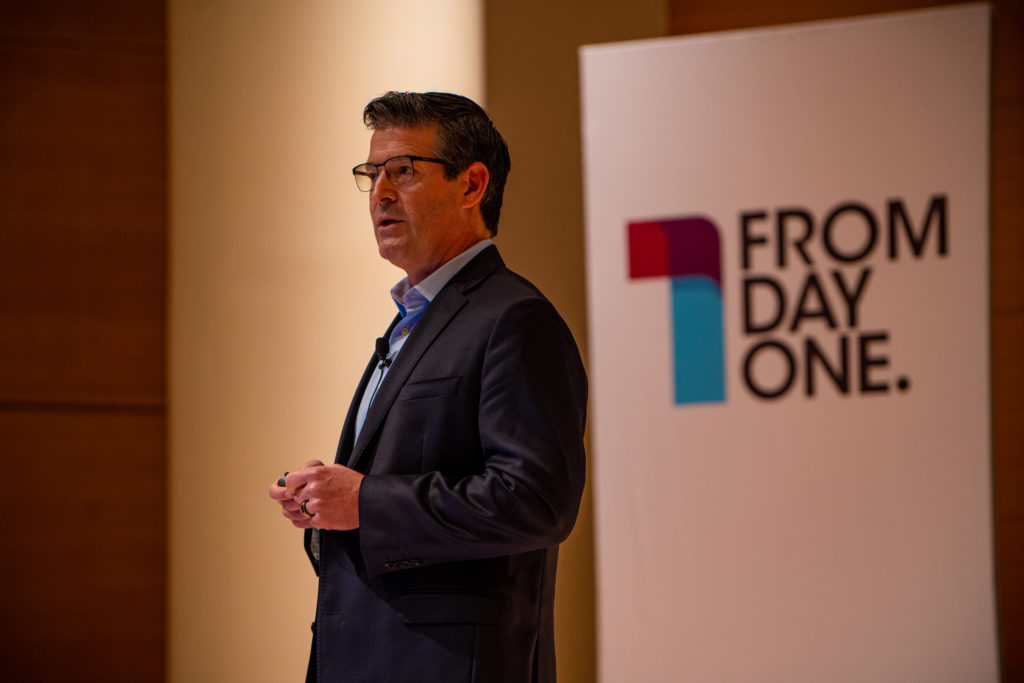What It Takes to Be a Modern Manager


Among the many types of corporate leaders, HR managers have experienced a uniquely challenging time during the Great Resignation. But according to Jon Greenawalt, SVP of customer transformation at performance-management platform 15Five, in crisis lies opportunity.
“HR leaders have a seat at the table and can make strategic decisions in how they’re going to take their companies forward,” he said. This opportunity has led to the rise of the modern manager, one who shows proficiency based on empathy, and the need for leaders across all levels an organization, not just executives, to gain new skills.
The Transformation of the Workplace
During 2021, more than 47 million Americans voluntarily quit their jobs, with more than 4 million more leaving their roles every month in 2022 so far. However, this phenomenon has been in effect long before the pandemic’s inception. “People are seeking better opportunities: better pay, better chance to grow career, autonomy and flexibility. They want to work for companies and leaders who care about them” Greenawalt said, speaking in a Thought Leadership Spotlight at From Day One’s recent conference in Brooklyn.
Career growth and learning and development opportunities are commonly cited among those who choose to remain at a company. In this transformed world, a thriving workplace will be driven by the modern manager.
Who is the Modern Manager?
Managers are an extension of the HR team–and when 70% of team engagement relies on this individual, hiring the right leader is mission-critical. The modern manager is an individual with a high emotional quotient (EQ). They are self-aware, engage in self-reflection, and genuinely care about individuals on their teams by committing to cultivating their relationships and personal growth. In addition, they excel at goal-setting and sharing context with their broader teams to develop purpose and discipline in their work.
Greenawalt listed five important skills and characteristics that the modern manager must develop in order to be successful:
•Creating a sense of psychological safety: Work-life separation is often dependent on employees setting those boundaries, but work life impacts home life, and vice versa. Managers should spend time engaging with employees on their real lives, as well as creating role clarity in order to establish trust on the team.

•Strength-based development: Modern managers lead with strengths. They can identify and optimize their own strengths and help team members find and develop their core strengths. This is because people are happier when they perform work aligned with their key skill sets.
•Positivity: It’s not always about the words you speak. People are able to pick up on energy–and if a manager is in a bad mood, they must be attuned to the impact of their energy on others and focus on positivity. Human beings typically focus more on negative feedback over positive input, and so it is the responsibility of managers to pour on the praise in an intentional manner. “Executives are afraid to give positive feedback because they think it softens people,” said Greenawalt. “But the sting of a rebuke lasts longer than the joy of a praise.”
•Intrinsic motivation: A manager must know how to optimize energy at work and learn to determine what teammates are energized and de-energized by. This requires leaders to build a measure of self-awareness in order to align employee goals with their strengths and ensure they are working on projects they are passionate about.
•A personal growth mindset: A good modern manager should cultivate this type of mindset as well as foster it within their own team. This helps develop the power of not simply goal-setting, but equipping people with the opportunity to develop goals that push them beyond their comfort zones. “Whether you ran a marathon or did something crazy that you thought you couldn’t do–that’s growth,” said Greenawalt.
Building the Modern Manager With Effective Training
In order to successfully upskill, managers need training centered on continuous adult learning, not one-and-done programs. 15Five’s program combines people-skill training and coaching. The company’s process enables managers to select from three subscription models: online, hybrid, or live skill training.
“Everybody needs a coach, but managers and leaders need skill training,” said Greenawalt. “These are the important individuals in a company that need to be trained on people skills, mindsets, and behaviors to get the results that they want.”
Editor’s Note: From Day One would like to thank our partner 15Five, who sponsored this Thought Leadership Spotlight. You can read about Jon Greenawalt’s presentation at From Day One’s 2022 Boston conference here.
Tania Rahman is a native New Yorker who works at the intersection of digital marketing and tech. She enjoys writing both news stories and fiction, hot chocolate on cold days, reading, live music, and learning new things.
The From Day One Newsletter is a monthly roundup of articles, features, and editorials on innovative ways for companies to forge stronger relationships with their employees, customers, and communities.